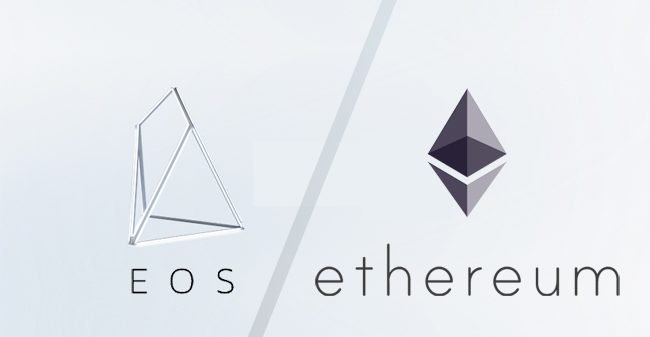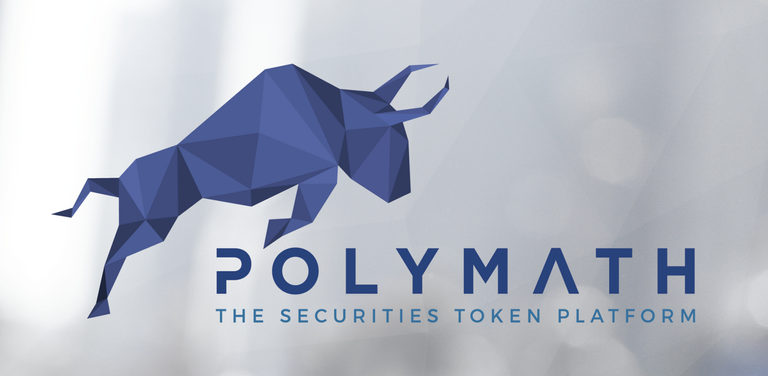Blockchain, a buzz-phrase that represents technology with paradigm-shifting potential, it could revolutionize how we handle contractual agreements and verify consensus, the profound implications of such technology is still not grasped by many. However, with that in mind, what are the use cases right now? Currently, it’s unclear, and separating the potential and the pragmatic is never easy. A recent example of that sentiment is Augur, a prediction market platform and one of the oldest projects developing on Ethereum (Having launched in July, 2018). One-month post-launch it had a "robust" community of around 40 daily active users. It is certainly within the realm of possibility that the demand for Dapps is not what many platform enthusiasts had predicted, but does daily active users really give Dapps a fair valuation? What is it that makes cryptocurrencies valuable today? In this article, we are simply looking at the viability of alleged crypto use cases.

- Store of Value
Cryptocurrency’s primary use case and the reason that billions of dollars of capital have flown into the asset class is as a store of value. You might be thinking to yourself "how that is possible when Bitcoin was designed to be used as a currency?" A common occurrence in digital currencies is that they often adopt use-cases not originally intended for them. Bitcoin is a peer-to-peer digital cash that has primarily become a hyper-volatile digital asset akin to gold on steroids. Ethereum is a decentralized world computer yet is more like a decentralized Kickstarter. This isn't a bad thing, currency usage is an acceptable secondary use case and the safe store of value that bitcoin has introduced to the market has been nothing short of revolutionary. Gold is also used as a store of value. It is afterall just a shiny yellow metal with little industrial use, it also does a great job of sitting in vaults and collecting dust. Still, Gold has garnered a global market cap of around 7.5 trillion dollars... Theoretically, if Bitcoin and cryptocurrencies can disrupt even 10% of that use the cryptocurrency market would be worth 750 billion dollars.

- Digital Cash
Next, we come to the second and originally intended use case for digital currencies, a medium of exchange. When Bitcoin was conceived it was the amalgamation of many previous attempts to create a digital form of money. Cyherpunks, libertarians and many in that sphere of thought had dreamt of a currency free of government control and resistant to censorship. However, there are inherent flaws to bitcoin that discourage its use as digital cash and encourage its use as a speculative asset. For example, Bitcoin can be slow, with some transactions taking as long as 24 hours to confirm (during the December 2017 run-un). It is also deflationary, which encourages hoarding of the currency as opposed to spending it. Finally, transaction fees can be high depending on network traffic. This makes micropayments difficult and impractical. Due to these reasons, and others, its use as money has fallen to a distant second place behind the "digital gold" of its value storing potential. Various developers have suggested different ways to fix the scaling problems, but, at the time of this article, there are no cryptocurrencies being used primarily as a medium of exchange.

- Network Fuel or Network Ownership
The dream of the second generation of digital currencies brought about by the inception of Ethereum was the potential of having decentralized applications and digital agreements (smart contracts) running on a world computer, a revolutionary concept, it had been proposed on the Bitcoin blockchain, but among other reasons, the fear (rightly so) of blockchain bloat that many had of storing this extra data on-chain would bring kept the Core devs from adopting any kind of change to the base layer that would allow this. Keeping the first layer of Bitcoin simple is an argument that's been presented by Andreas Antonopoulos, and to analogize the point, it is safer to build on top of a strong foundation rather than ripping it apart and building a whole new building. In 2nd generation blockchains, there are two viable (robust developer communities) platforms to build on top of right now (August 2018), those being EOS and Ethereum both with pros and cons, if your goal is to build an "enterprise" C++ Dapp that can scale right now, then EOS may be the better option, and if you prefer a robust network of nodes verifying your transactions along with an ecosystem miles ahead of any competitors than stick with Ethereum, either way, all this talk of tps and scalability are moot points, what the space needs, are more usable Dapps (front-end improvement coupled with back-end) with real-world use case, until we see that all the transaction scalability in the world will not matter, because no one will be transacting.

4.Securities and Other "Real World" Asset Tokenization
Security tokens (STOs) are a potentially valuable use case. The means of issuing shares and trading public companies are built upon an archaic system with little innovation and high friction. This has barred many from participating in an open economy, instead, they store their savings in bank accounts with, at best, 0.25-0.5 interest rates. There has been some progress in encouraging retail investors. For example, apps like Robinhood have introduced many people to investing. Still, more needs to be done. Incorporating legacy finance and other "old-world" systems into the digital economy will be an inevitable paradigm shift. How fast and by what means we get there is another question, barriers such as proper security and KYC must be surmounted. This fusion of old and new may bring about an unprecedented era of financial inclusion and participation. For that reason, securitization remains one of the most promising use cases.

Currently, the speculative market drivers concerning digital currencies account for 90+% of the market value and the conceptual fall in that 10%. For the near future, cryptocurrency's primary use case will likely continue to be as a store of value and secondarily as a speculators wet dream, but as institutions begin to notice that "hey, that Augur platform has accurately predicted the last 3 median price targets of oil over the last 2 years" and developer intrigue continues to grow, then niche adoption may very well creep up on those who least expect it. In time you may be using the decentralized Uber to commute in a driverless car to work. However, this adoption of Blockchain technology could take a long time.I wouldn't hold your breath for the New York Stock Exchange to transition onto a permissionless network.
Coins mentioned in post:
Congratulations @mattwick! You have completed the following achievement on Steemit and have been rewarded with new badge(s) :
Click on the badge to view your Board of Honor.
If you no longer want to receive notifications, reply to this comment with the word
STOPDo not miss the last post from @steemitboard:
SteemitBoard and the Veterans on Steemit - The First Community Badge.